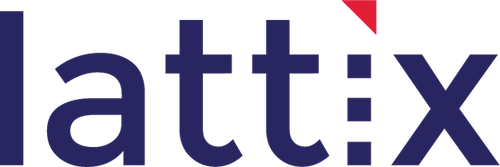Often when vetting software for acquisition or venture investment certain questions go unanswered. Typically in these situations buyers and investors focus on market share, gross revenues, projected earnings and other financial data. While focusing on capital debt, many will ignore technical debt. Some key questions are left unanswered. What is the state of the code? What is the quality of implementation? How easy will it be to fix and to add new capabilities?
Robert L. Glass talks about the “60/60” rule where he states the maintenance of software will consume 60% of your costs on average.1 These costs can escalate with software that is complex, riddled with dead code, inadequately structured, buggy, and that contains multiple implementations of the same functionality. Supplement this with a lack of documentation and developer turnover, and the system will be very costly and time consuming to maintain.2 Even when documentation is available it is typically no longer accurate as both design and code have changed. Floris and Harald in a recent study concluded that incomplete documentation is an important factor in increasing the cost of maintaining code.3
Having a firm understanding of the current state of the code will help you better understand the long term costs of maintenance and enhancements. An understanding of the architecture of the code prior to an acquisition or investment can help you make a more accurate valuation.
One of the reasons why due diligence tends to overlook code is because the process to analyze it is manual and can be costly and time consuming. For a large, complex system it could take months to truly understand where things stand from the perspective of modularity, security, performance and other key attributes.
With Lattix Architect you can understand and document the architecture in days instead of months. A DSM (Dependency Structure Matrix) will not only give you a graphical view of the source code but also show you unwanted dependencies, cycles, and other architectural defects. Lattix Architect provides important reporting metrics such as stability, complexity and coupling to benchmark and to track the code. Armed with this information you can make an informed investment decision. Knowledge of long-term maintenance and development costs can also be a negotiating factor at the time of acquisition, thereby saving upfront capital and diminishing long term costs.
Lattix can help you analyze a code base in a company that you are preparing to invest in or acquire, or if you simply want to get a better understanding of your current software portfolio. We have helped companies all over the world improve the quality of software and we can help you achieve the same results. If you are interested in an evaluation click here.
1. “Frequently Forgotten Fundamental Facts about Software Engineering” by Robert L. Glass, (an article in IEEE Software May/June 2001)
2. “On the Relationship between Software Complexity and Maintenance Costs” Edward E. Ogheneovo – Department of Computer Science, University of Port Harcourt, September 2014
3. “How to save on software maintenance costs” Floris P, Vogt Harald H., Omnext white paper, SOURCE 2 VALUE, 2010
